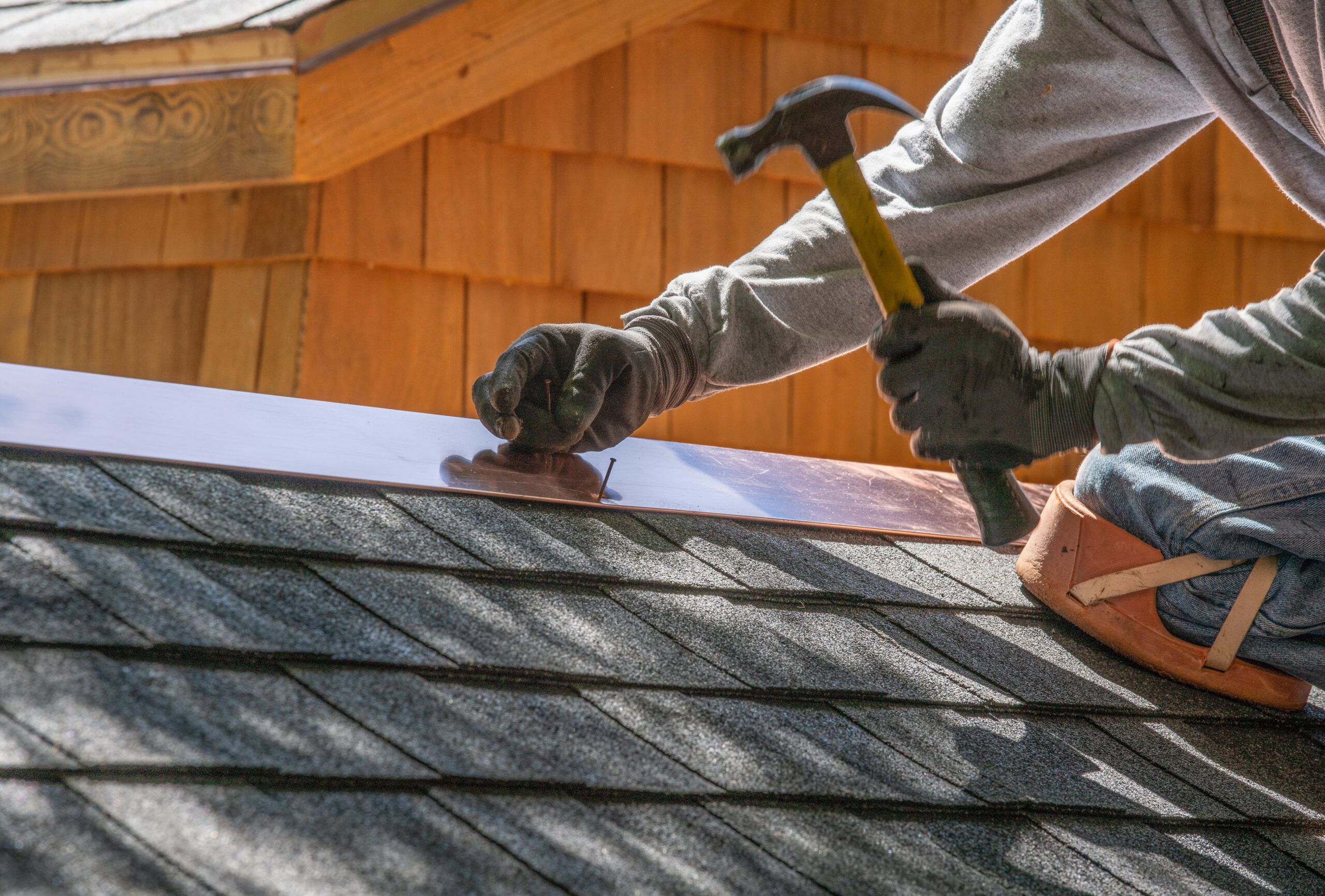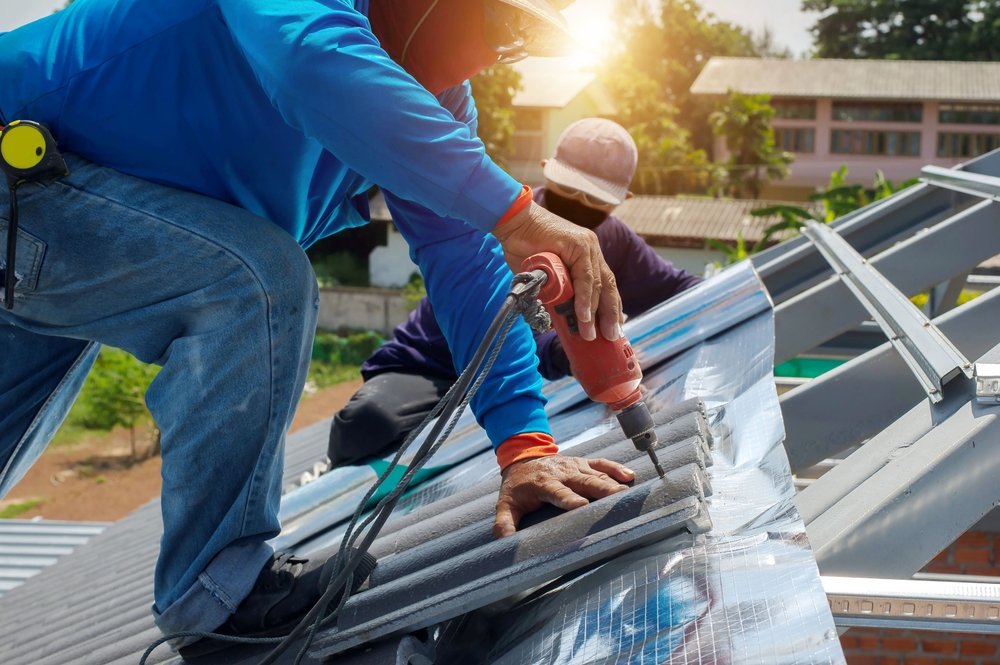Comprehending the Various Kinds of Roof Coverings: A Comprehensive Guide for Homeowners
In the world of homeownership, picking the appropriate roof design is a choice that carries significant effects for both performance and aesthetic allure. With a variety of alternatives-- ranging from the conventional gable to the contemporary level-- each type offers one-of-a-kind benefits and challenges that should align with the property owner's particular needs and ecological factors to consider. Understanding these differences not only help in making an educated option yet additionally influences long-term upkeep and energy performance. As we discover the details of different roofing system types, it ends up being evident that size does not fit all; the appropriate choice may shock you.
Gable Roofings
Saddleback roofs, identified by their triangular form, are amongst the most prominent roofing styles because of their simplicity and performance in shedding water and snow. This layout features 2 sloping sides that meet at a ridge, permitting for reliable drainage and minimizing the risk of water build-up. The high pitch commonly related to saddleback roofs improves their capability to take care of heavy precipitation, making them suitable for various climates.
In addition to their useful benefits, saddleback roofs provide aesthetic versatility. They can be adapted to various architectural styles, from standard to modern homes. The style can additionally accommodate additional functions such as dormer windows, which enhance natural light and ventilation in the attic area.
Moreover, saddleback roofs supply enough room for insulation, adding to energy efficiency. House owners can select from a selection of roof covering products, consisting of asphalt shingles, steel, and tiles, further enhancing personalization choices.
In spite of their advantages, gable roofings might call for extra support in locations susceptible to high winds or heavy snowfall. In general, the saddleback roof stays a preferred option due to its blend of capability, resilience, and visual appeal.
Apartment Roofs
Flat roofing systems are typically recognized for their minimal style and functional applications, particularly in commercial and industrial settings (oahu roofing). These roof coverings include a horizontal or virtually straight surface, which enables simple building and flexible space usage. While they might do not have the aesthetic allure of pitched roofings, level roofs supply numerous advantages, especially in metropolitan settings where making best use of room is important
One of the key benefits of level roofing systems is their access. Property owners can make use of the roofing system room for different objectives, such as rooftop gardens, terraces, or photovoltaic panel installments. Furthermore, flat roofings are typically a lot more affordable to maintain and install contrasted to their sloped equivalents, as they call for fewer materials and labor.
Common products used for level roof coverings consist of built-up roofing (BUR), changed bitumen, and single-ply membrane layers, each offering distinctive advantages. Overall, level roof coverings offer as a adaptable and useful option for lots of home owners and companies alike.
Hip Roofing Systems
Hip roofings are characterized by their sloped sides that converge on top, developing a ridge. This design is unique from saddleback roofs, as all four sides of a hip roof incline downwards toward the wall surfaces, providing an extra steady structure. The angle of the slopes can vary, permitting adaptability in architectural aesthetics and capability.
Among the primary benefits of hip roofing systems is their capability to hold up against hefty winds and adverse weather. The sloped surfaces allow far better water drain, decreasing the risk of leakages and water damages. Furthermore, hip roofing systems use Recommended Reading raised attic area, which can be utilized for storage or perhaps transformed right into livable areas.
However, creating a hip roofing can be more complicated and expensive than less complex roof covering kinds, such as gable roofs. The additional product and labor involved in producing the inclines and ensuring correct structural integrity can cause higher expenditures. Despite these disadvantages, many home owners favor hip roofing systems for their toughness, visual allure, and capacity for power effectiveness.
Mansard Roofings
Mansard roofing systems, frequently acknowledged by their unique four-sided design, attribute 2 slopes on each side, with the lower incline being steeper than the upper. This building design, stemming from France in the 17th century, is not just aesthetically attractive but practical, as it optimizes the useful area in the upper floorings of a building. The steep reduced incline allows for more headroom, making it an excellent choice for attic rooms or loft spaces, which can be converted into living areas.
Mansard roof coverings are identified by their adaptability, accommodating various building styles, from typical to modern. They can be built with various materials, consisting of asphalt tiles, slate, or metal, providing house owners with a series of choices to fit their budget plans and preferences. Additionally, the style allows for the assimilation of dormer home windows, boosting all-natural light and ventilation in the top degrees.
However, it is necessary to think about the potential drawbacks. Mansard roofs might need even more upkeep due to the complexity of their style, and their high slopes can be challenging for snow and rainfall overflow. On the whole, mansard roofs integrate style with functionality, making them a prominent choice amongst house owners seeking unique building functions.
Shed Roofings
As house owners increasingly look for simpleness and performance in their architectural layouts, shed roofing systems have actually become a prominent selection. Characterized by a solitary sloping plane, a shed roof offers a minimal aesthetic that matches numerous home designs, from contemporary to rustic.
One of the key advantages of a shed roofing system is its uncomplicated building, which usually converts to decrease labor and material prices. This layout over at this website permits reliable water drainage, reducing the danger of leakages and water damages. In addition, the vertical slope supplies sufficient room for skylights, enhancing natural light within the inside.
Lost roofs also offer versatility in terms of usage. They can be effectively integrated right into enhancements, garages, or outside frameworks like pavilions and sheds. Furthermore, this roof design can suit different roofing products, consisting of steel, asphalt tiles, and even environment-friendly roofing systems, straightening with environment-friendly efforts.
However, it is necessary to consider local climate problems, as hefty snow loads might demand modifications to the roofing's angle or framework. Overall, lost roofing systems present a useful and visually pleasing choice for house owners wanting to maximize capability without compromising design.
Final Thought


Gable roofs, defined by their triangular shape, are among the most prominent roof covering designs due to their simpleness and performance in dropping water and snow. over here oahu roofing. The steep pitch generally associated with gable roofing systems enhances their capability to handle hefty precipitation, making them ideal for numerous environments
While they might lack the visual appeal of pitched roofs, level roofs offer numerous advantages, especially in metropolitan atmospheres where making the most of room is crucial.
